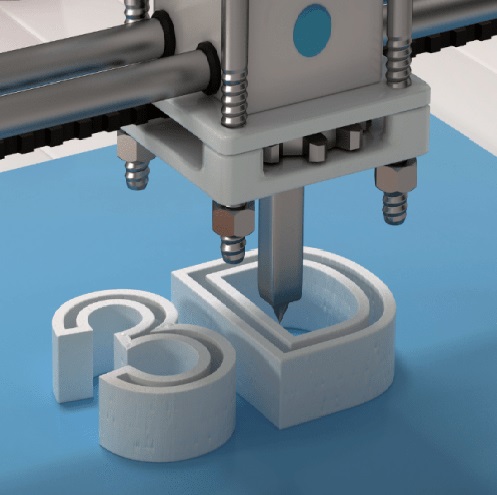A study has shown that 3D printing could boost trade between countries despite concerns that it could have the opposite effect.
But research from the University of California San Diego and World Bank suggests that while 3D printing can change production processes, supply chains typically remain intact.
The paper looks at the production of hearing aids, a good most commonly produced by 3D printing.
The results reveal that the shift to 3D printing led to a doubling or near doubling in producers’ exports after five years and the technology was the main cause for the rise in exports.
Some 35 other products were also examined, such as running shoes, aircraft parts and prosthetic limbs, which are increasingly being 3D printed, and they found similar patterns.
One reason behind the expansion is that printing hearing aids in high volumes requires a large investment in technology and machinery. The countries that were early innovators such as Denmark, Switzerland and Singapore dominate exports of the good, while middle-income economies such as China, Mexico and Vietnam also have been able to substantially increase their market shares.
In addition, hearing aids are lightweight products, which makes them fairly cheap to ship internationally. The same is true for the other products the authors examined – lighter products are associated with more trade growth.
These results are based on comparisons of the growth of the 3D-printed products to other similar goods. The authors also accounted for trends and other factors that could skew the data.
“Policymakers often view 3D printing as a means to shorten supply chains when in fact it is more likely to enhance trade and reshape supply chains,” said Freund, former global director of trade, investment and competitiveness at the World Bank.
While the analysis of 3D printing’s impact on trade is positive, it has the possibility of being short-lived. If 3D printers become more accessible to local producers or even consumers in some sectors, production could be more localised, hindering development opportunities through trade.
Source: E&T










